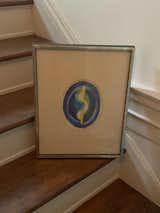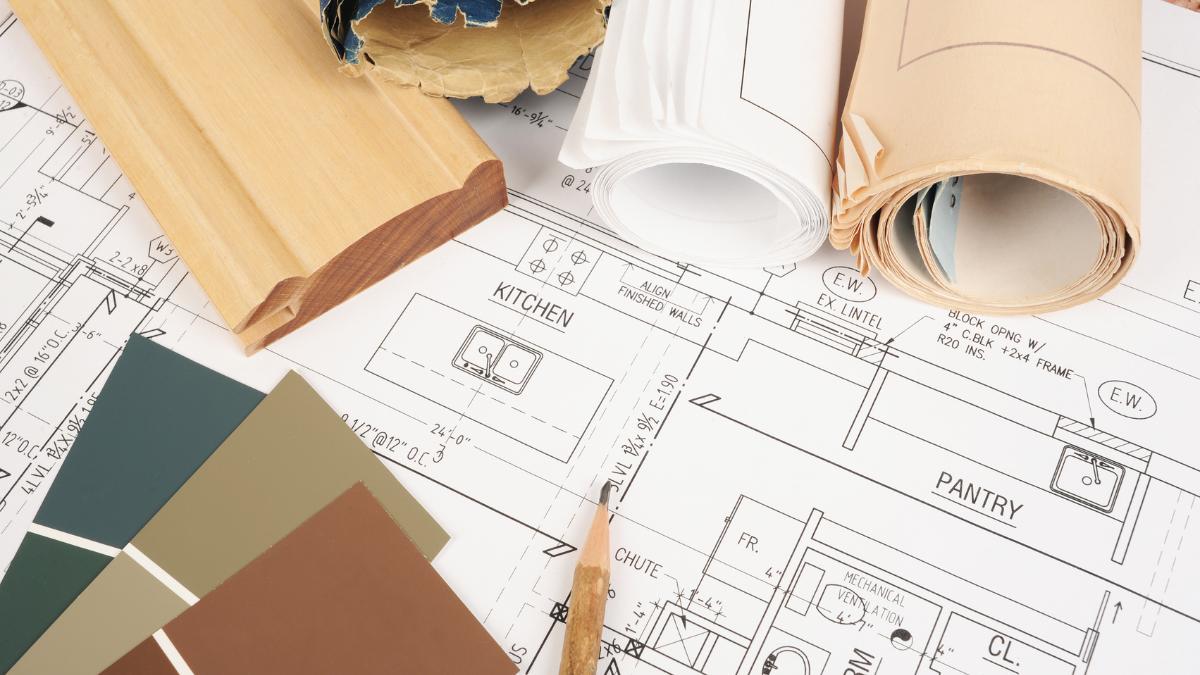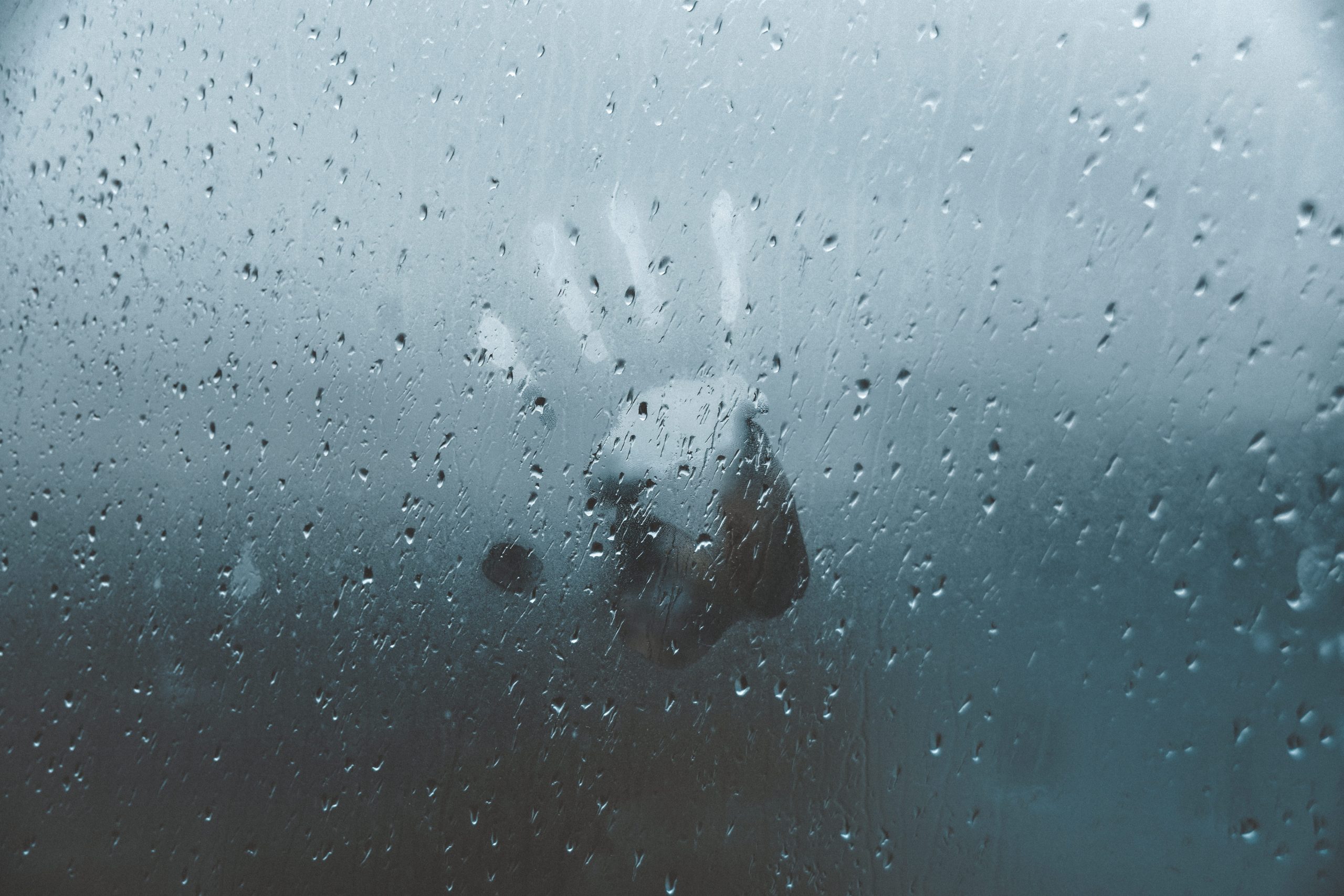“Wow. I don’t know what to say. I’m literally shocked. But of course we would never sell! It belongs in the family, no amount of money would ever change that.”
This was the script I was rehearsing in my head on the way to a taping of the long-running television series Antiques Roadshow. On air since 1997, the traveling appraisal series has consistently been one of PBS’ most-watched and beloved programs. The Roadshow films all over the country every year, and my partner Lily and I had finally won tickets through their free lottery to attend the taping at Old Sturbridge Village in Western Massachusetts, a recreated 18th century town that was almost too on the nose as a perfect site for the show.
For me, Antiques Roadshow has it all—a soothing, low stakes cadence I can tune in and out of while doing chores; charming, recurring characters in the form of zany antiques appraisers who feel like old friends; esoteric history lessons from the best in the biz; and, perhaps most crucially, Roadshow offers a voyeuristic, treasure-hunting experience, akin to standing next to someone while they win the lottery on a bodega scratch-off.
Winning Roadshow tickets means you get to bring your own antiques to get appraised by professionals over the course of one festival-like day while surrounded by fellow fans. That could be YOU, making $10,000 off a thrift store find, or a collectible childhood toy you’d forgotten all about. Or maybe a great aunt left you an old teapot, and now an antiques dealer from Charleston is telling you that the neighbor she bought that teapot from was actually—and this is shocking!—one of America’s most reclusive ceramicists, their work coveted by folk art museums across the country. And here you were, using it as a bowl for your keys! It is to laugh.
But true Roadshow heads know that if you end up being one of the lucky few whose consultation is singled out for TV, you have to say The Line. No matter what the appraiser tells you—whether your Marie Antoinette-era diamond ring is actually a fake, or if turns out your grandpa’s cane was owned by George Washington—you ALWAYS have to say that the value doesn’t matter because ‘we would never sell—it stays in the family.’ This is the only acceptable response to an on-air appraisal, one that suggests you have not only a true appreciation for antiques culture, but also a Buddha-like disregard for material wealth.
While online research had told us that the chances of getting selected for a TV appraisal were slim to none, I wasn’t going to show up unprepared—I was READY to deliver The Line.
Lily is also a Roadshow fan (I could hardly imagine dating someone who wasn’t!) and we both decided to bring precious family heirlooms to the show: a Jaeger-Lecoultre wrist-watch Lily had inherited from their Dad, and a small Joseph Stella painting my grandparents had bought in the ’60s. While neither item had ever been appraised by a professional, we knew they were worth some amount of money—the question was, how much?
A man pulls an antique chair in a cart at Sturbridge Village for an episode of the Roadshow.
The show staggers attendance so that the appraiser lines are never too overwhelming, and once we got to Sturbridge Village I was pleasantly surprised to find that crowd-control was pretty streamlined. I had read that 5,000 people could attend a single Roadshow taping and had imagined a sort of Coachella for elders experience, but the cheery Roadshow volunteers were funneling fans through the lines like pros. The first stop was the sorting area (or ‘Triage’ as the Roadshow called it) where preliminary assessors figure out if you even know what you’re talking about—did you really bring a Renaissance painting, or is that actually a print, doctored to look real? If so, prints are a whole OTHER line, how embarrassing!
On the Triage line, Lily and I took in our fellow travelers. The median attendee-age was 65, and this was probably being generous. Many of the women bore a striking resemblance to Elizabeth Warren, and the men were more like the Maine Hermit. Directly ahead of us were some fellow 30-somethings, but their jaded discussion about personal flea-market dealers and hijinks they’d witnessed at previous Roadshow tapings singled them out as professional collectors. Personally, I related more to the older women in sensible khaki sun-hats who were hauling intricately designed lamps of dubious provenance on dollies—no professional skin in the game here, just a beautiful resolve to be vindicated on national television for preserving hulking pieces of furniture over the years.
Eventually, an appraiser confirmed that Lily and I had indeed brought a wrist-watch and a painting, and we were sent towards the big tents with lines of fans curling out from under them, octopus-like. Situated between recreated Ye Old Taverns and Quaker Meeting Houses there were lines for furniture, for Chinese art, for toy collectibles (on a recent episode it had been sobering to learn that Pokémon cards now qualify as antiques)—the list went on and on, and we were headed towards what was traditionally the longest line of them all: paintings. But for whatever reason, our time slot blessed us with a line only six people deep, which was just long enough to make friends with everyone around us, and short enough to not sweat to death in the June heat.
The woman directly in front of us was wheeling a huge painting she’d had above her mantle since the ’70s, which she was certain was by a Hudson River School painter. While Lily helped her figure out why the videos she’d been recording of herself weren’t uploading to TikTok, I started talking to a friendly, retired couple behind us. It turned out they had already been to some appraisals, and things had not gone as well as they hoped. The wife collected old, Native American Indian arrowheads she found at their local beaches, but a professional had just informed her that what she thought were man-made pieces worn by time were in fact just interestingly shaped rocks.
“Don’t you see the whale in this one?” she asked, holding up an ovular, lumpy stone.
“Oh, definitely!” The tenderness I felt towards this woman and her rock collection in that moment is nearly indescribable.
But this interaction also got me thinking—should I have brought something riskier to be assessed, something with less established origins? I literally had my Grandparents’ 1967 receipt and catalog from the gallery for the Joseph Stella painting, so there was very little question as to what the piece actually was. Would this experience have been more rewarding if I had brought a completely random thing I found on the beach?
A volunteer called us over to a booth and suddenly there was no more time to dwell on my choices. Lily and I approached a long folding table where, to our right, our TikTok friend was being gently informed that her painting was actually French, and had nothing to do with the Hudson River School. She was putting on a brave face, but I could tell the news was crushing.
“Hello, what can I do for you today?” drawled a severe looking Scottish man. Oh, God. We’d been assigned Alasdair Nichol, a staple on the Roadshow and a famous appraiser of fine art. I was so excited I could barely breathe.

I quickly gave my spiel about the painting while Lily hurried to unwind its yards of protective bubble wrap. Alasdair gave nothing away as I explained how my grandparents had originally paid $300 on a payment plan for the painting, and how it had always been my grandmother’s most treasured piece of art, hung on her wall until the day she died.
“So, what do you want to know about it? The… value?” Alasdair asked.
I paused, taken aback. Did I want to know the value? Of course I wanted to know the value, that kind of information was sort of a cornerstone of the show, no? But now I was doubting myself; maybe it was too gauche to admit to such a thing. Was I meant to have nothing but pure, scholarly interest in the life and career of beloved American painter Joseph Stella, and what had inspired him to create this small but moving work of art.
“Um… yes,” I admitted, with the distinct feeling that I had just exposed myself as a money-grubbing peasant.
Alisdair stared at me for a moment, and then excused himself with the painting to consult with some fellow appraisers. Minutes ticked by, and their conversation intensified. Beside me, I could feel Lily vibrating on a frequency heard only by dogs.
“Oh my God,” Lily whispered. “This is it. You’re getting on TV! Right?”
“I don’t know, I don’t know!”
“So,” Alisdair said, sliding back into his chair. “How do you feel about going on camera?”
“GOOD!” I shouted. “I mean, my grandmother, she would have loved this, she’d be so excited –!”
“Great, I’ll get the producers. This could be a minute.”
The next half hour was kind of a blur. Suddenly I was being treated as Talent, and Alisdair was setting aside a little chair in the shade so I wouldn’t sweat to death before the local PBS camera team could make it over. Lily had enough time to run to the watches table and get their own appraisal ($900 dollars if we didn’t pay to fix some mechanism, in which case it would be $2000, but even so Lily should be wearing it less because ‘you don’t drive a Ferrari every day,’ according to the appraiser), then text all of our friends that I was about to be famous.

A few of the more well-known, colorful appraisers walked by and Lily rushed to take their picture, as star-struck as though a Kardashian had wandered onto the Village field. There was Nicholas Lowry, of the famed mustache and plaid suits, and Travis Landry, the new toys and collectibles appraiser who Lily followed on Instagram and desperately wanted to be IRL friends with. The appraisers on Roadshow all work for free, though one has to imagine that, as antiques dealers, the opportunity to be treated like a rockstar for a day is its own sort of payment.
Meanwhile, I stayed where I was, worried the producers would forget about me if I left my chair. After a while an older gentleman in suspenders who was waiting for his wife came to sit with me in the shade, and soon we discovered we had both had our gallbladders recently removed. There was a lot to discuss.
Then an authoritative looking woman in a headset was striding right towards me, followed by a full camera crew. She shook my hand and asked me to tell her all about the painting, which she looked over carefully. Lily and Mr. Suspenders stood next to me while I breathlessly recounted everything I knew about the Stella—but the producer stopped me when I told her that the painting currently belonged to my mom and her sister, who were also Roadshow fans and had given me wholehearted permission to take it for an appraisal.
Gently, the producer explained that if the painting wasn’t legally mine, I couldn’t go on air to have it appraised—the actual owner had to be present.
“But thank you for being honest,” she said. Words that will haunt me for the rest of my life.
“Oh my God,” Lily said as the production team walked off, on to the next appraisal. Even suspenders was backing away, giving us space while we came to terms with what had just happened. “I can’t believe you didn’t lie.”
“I didn’t know that was a rule!”
Alasdair returned with an apologetic smile and explained that he hadn’t understood that the painting belonged to my Mom. He was genuinely sorry about that, and was still happy to appraise it (though as Roadshow notes carefully in their ticket guidelines that “estimates are given for verbal approximations of value only. GBH [the production company behind the show] makes no representation of their accuracy and/or an item’s authenticity.”) Then, sort of unceremoniously after all the earlier hubbub, he told me it was likely worth a few thousand dollars. It was an incredible example of Stella’s work, and we should always—you guessed it—keep it in the family.
“Of course,” I responded, a little numbly. “We would never sell it.”
In a daze, Lily and I gathered our things and left the fine art tent. I had guessed that the painting was worth around Alasdair’s appraisal based on previous conversations with my Mom, so I felt neither elation nor disappointment about the monetary value—but now I was a little bummed that I didn’t get to hear more about the painting itself, or about Joseph Stella. The appraisal team had to move on, and I probably would have learned more if the painting had never been considered for television at all. Alasdair had been right all along—who cared how much it was worth?
We headed towards Sturbridge Village’s exit where another camera team had set up the famous Feedback Booth right next to a sheep pen. The Feedback Booth is where fans have a chance to show off what they got appraised, and the funniest people get 30 seconds on air at the end of the episode. Lily and I had always planned to do a fun bit for it, but after our failed brush with fame our heads weren’t in the game.
In line for the booth we made friends again, this time with another 30-something couple who had brought an old wooden chair carved to look like a guitar. It had turned out to be worth around $100, but the appraisers all agreed they had never seen anything like it. We explained we were feeling a little unprepared for the feedback booth, so they tried to help us out with potential puns.
“You could say something like ‘I’m running out of time?’ ‘or WATCH out’?”
“Okay, that’s good thinking, we’ll focus on the watch…”
When it was our turn to go on camera, farm animals gently bleating it in the distance, it became clear that Lily and I were both still dwelling on what could have been instead of preparing to charm millions of viewers with our cheeky recounting of the day. The producers counted down, I introduced myself, and Lily… said literally nothing until I elbowed them into action. “Sorry, I was just thinking about how you should have lied again.”
“That was great guys, thanks,” the producer said. But I could see it in his eyes—we’d blown it. Now we weren’t even good enough for feedback booth content.
Heading back to the parking lot, we made one more attempt to buy an official Antiques Roadshow hat or t-shirt off a volunteer since they weren’t for sale at the actual show. Naturally, no one was willing to part with such cool merch, so we walked back to the car with just our antiques, feeling exactly as rich as we had predicted we might be. “How do you feel about going on camera?” Lily mumbled in a mournful Scottish accent as we drove away.
Clearly we were both going to need some time to process the absolute emotional roller coaster that was our Antiques Roadshow experience. But as I watched the bucolic backdrop of Sturbridge Village fade into the distance, I started to feel philosophical about the whole day. Sure, I’d massively messed up and lost my chance to be a part of Roadshow history, but attending a taping ended up being about much more than getting on camera. It was about being surrounded by people who love watching things get correctly identified and priced just as much as you. It’s about meeting your antiquing heroes, and making new friends. I can safely say that I have never been to an event—no music festival, no comics convention—that had such a sense of uncomplicated camaraderie.
And besides, if Lily and I are any indication, the Roadshow has a burgeoning, new generation of fans and isn’t going anywhere—and we can always try again next time.
Top Image by Duane Braley/Star Tribune/Getty.
Related Reading:
“Asteroid City” Is a Midcentury Western With a Wes Anderson Twist
A Summer in Fire Island—Spent Working, Not Shacking Up






